Healthy Foods to Eat for Arginine
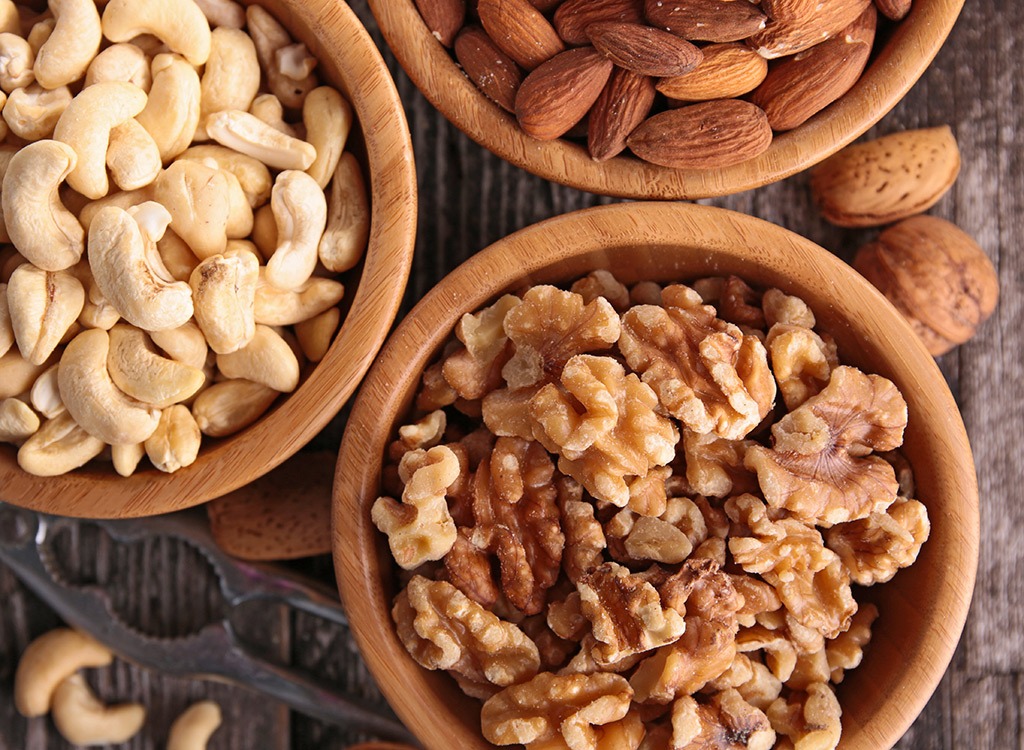
This long-ignored nutrient speeds protein synthesis — helping build muscle — and converts into nitric oxide in the body. NO enables blood vessels to open, which has a range of positive effects. According to the National Institutes of Health, arginine may be effective for treating erectile dysfunction, lowering high blood pressure, improving wound healing and soothing the symptoms of angina. So if you’re considering adding the nutrient to your diet, think with both your heart and your, well, lower than that. These are some of the food sources that are highest in the stuff.
Note: There is no recommended daily allowance or maximum intake of arginine set by the RDA, but as always, we advocate getting this nutrient via whole foods, not supplements.
Turkey Breast
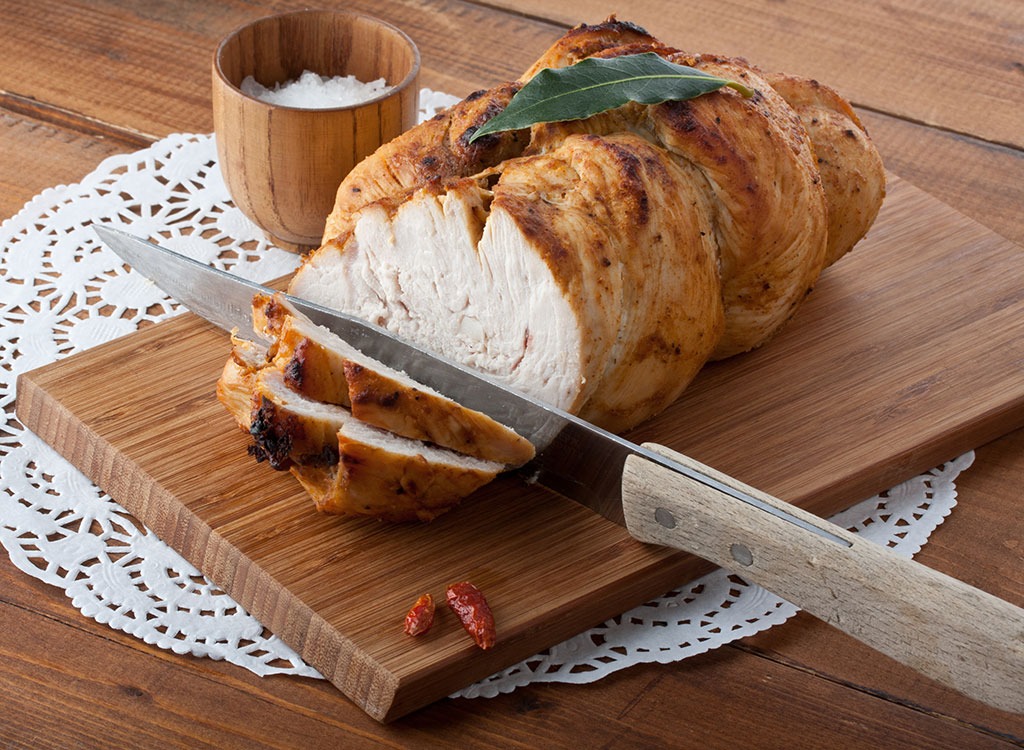
Arginine amount: 16.2 g in one breast
Ironically, the fowl most associated with belt-loosening feasts is lean, high in protein and the single best food source of arginine. All of these qualities help you build muscle and, in turn, burn more calories even at rest. Additionally, the bird is rich in DHA omega-3 acids, which have been shown to boost brain function, improve your mood and turn off fat genes, actually preventing fat cells from growing! Just make sure you buy white meat only, as dark contains too much fat. And steer clear of prepackaged, sliced lunchmeat—those turkeys are strictly jive.
Chicken Breast
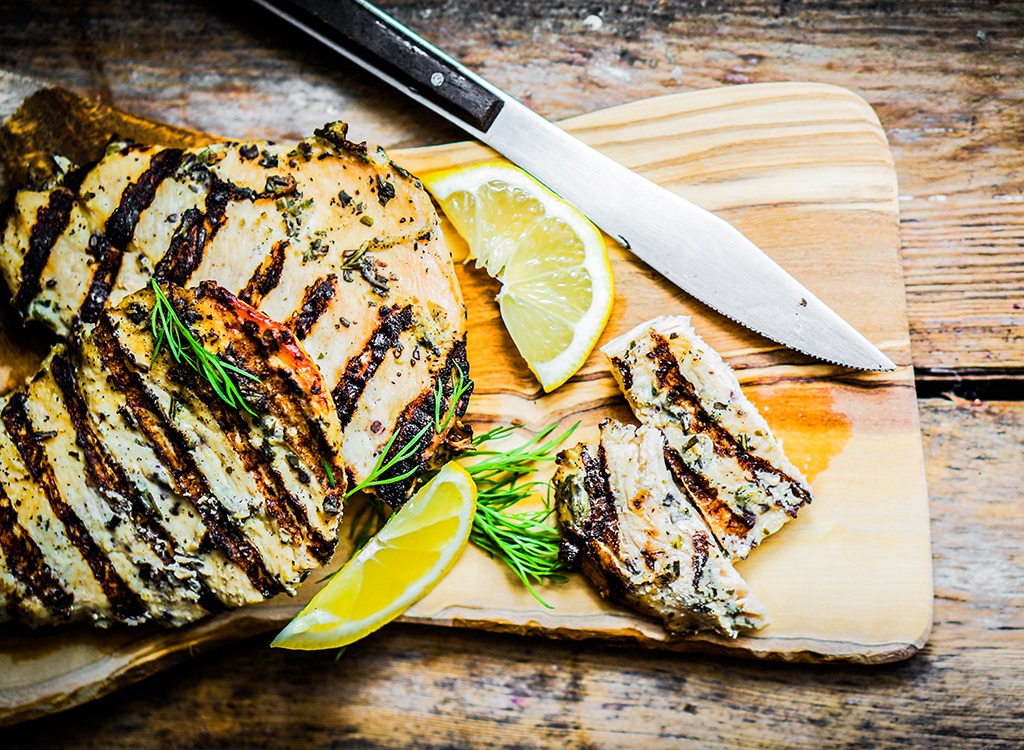
Arginine amount: 8.9 g in one breast
Some superfoods shine for 15 minutes, only to be quickly eclipsed by their trendy successor. Classic dietary staples, like the chicken breast, may not have the Instagram presence of say, maca, but they earn a place on plates much longer. Simply put, their health benefits continue to stack up. In addition to a hefty amount of arginine — only turkey has more — a 3-ounce cooked chicken breast contains only 142 calories and 3 grams of fat, but an impressive 26 grams of protein. That’s more than half of the day’s recommended allowance. Plus, it has less than half a gram of saturated fat in one serving and is rich B vitamins to rev your metabolism and energy levels. (And if you’re looking to treat ED, those B vitamins definitely don’t hurt.)
Lean Pork Loin
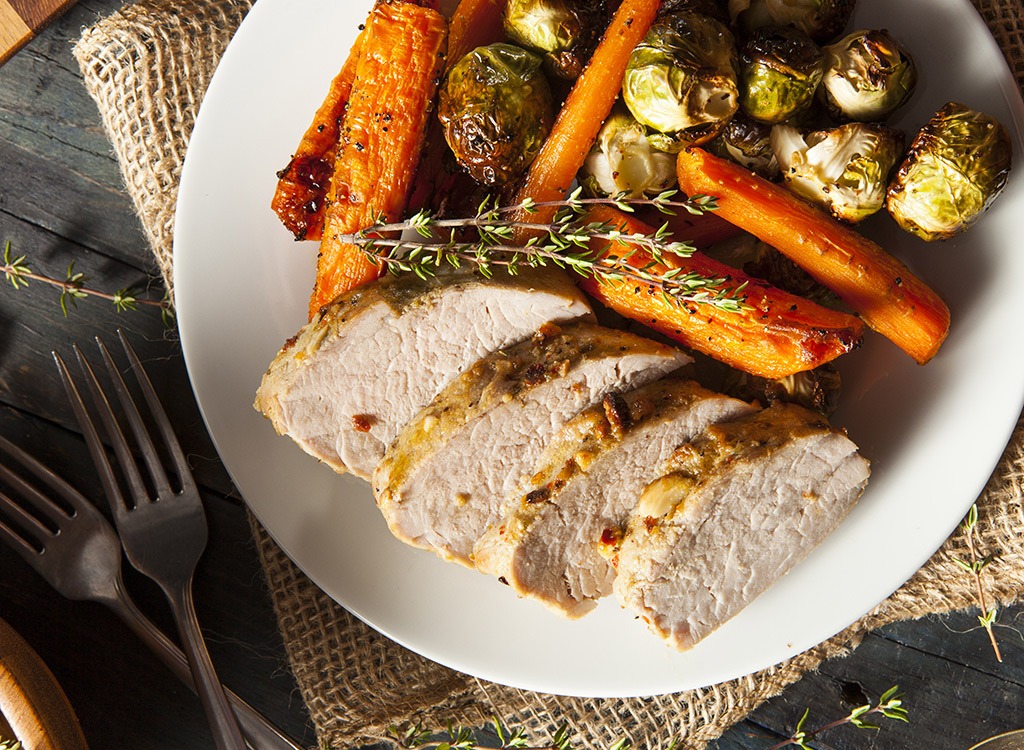
Arginine amount: 14.3 g in 1,000 g serving
Despite bacon-based criticism from the health world, pork can now proudly boast a healthy image. In fact, it’s earning a more frequent spot on dinner plates thanks to its waist-whittling ability. Scientists asked 144 overweight people to eat a diet rich in fresh lean pork in a study published in the journal Nutrients. After three months, the group saw a significant reduction in waist size, BMI and belly fat, with no reduction in muscle mass! The researchers believe the tummy-trimming effect is thanks to pork’s amino acid profile—yep, including arginine—which may contribute to speedier fat burning. A separate University of Wisconsin study found that a three-ounce serving of pork tenderloin has less fat than a skinless chicken breast despite packing a notable 24 grams of protein per serving. Even better, lean pork contains about as much fat-burning choline as a medium egg.
Pumpkin Seeds
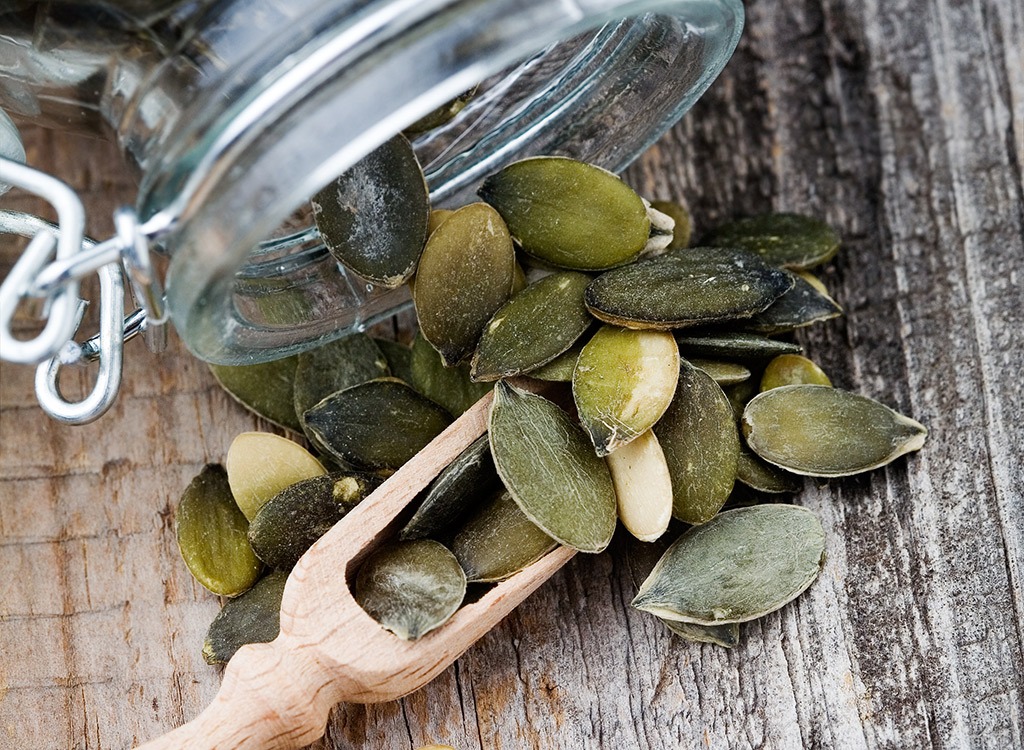
Arginine amount: 6.9 g in 1 cup
In a game of word association, pumpkin seeds may connote the inedible gloppy detritus of Halloween, but they’re nutritional superstars. As a category, seeds are an excellent source of arginine, and pumpkin’s rank #1. They’re also packed with protein and fiber, and ring in as one of the world’s best sources of magnesium, a mineral that helps fortify bones and improve blood circulation.
Edamame
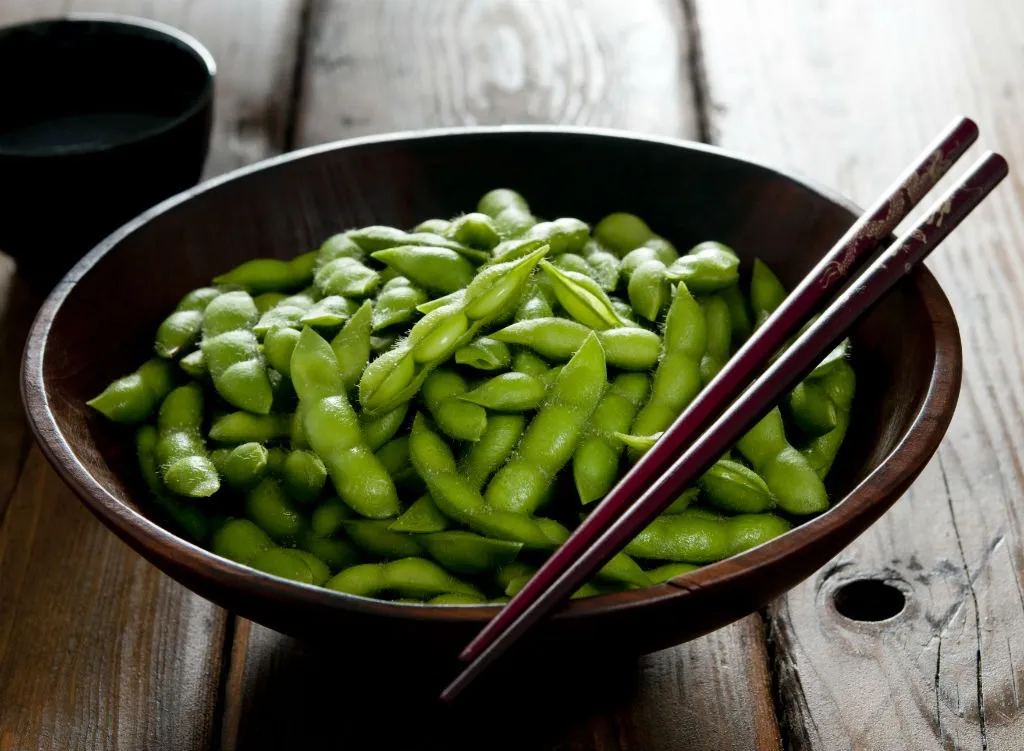
Arginine amount: 5.8 g in 1 cup
Sushi’s warm-up act has a ton of virtues on its own. The appetizing snack has 13 grams of protein per half-cup, giving arginine something to suck into your muscles. It’s also an excellent source of magnesium, folate and potassium—nutrients that, like arginine, lower blood pressure and support heart health, reducing your risk for heart disease. Just more reason that soybeans are known as a perfect food (they have the protein of meat, the fiber of whole grains and the antioxidants, vitamins and minerals of fruits and vegetables).
Walnuts

Arginine amount: 4.5 g in 1 cup
The humble walnut offers a powerful one-two punch in the fight against heart disease: one, arginine, and two, its anti-inflammatory omega-3 fatty acid content. In fact, it’s one of the best dietary sources. One study showed that consuming 2 ounces daily significantly improved blood flow to and from the heart. Eating a 1-ounce portion of walnuts three or more times per week could slash the risk of heart disease by more than half, a separate study found. As if that weren’t enough reason to stock up, a third study suggests a handful of walnuts contains almost twice as many body-repairing antioxidants as the same amount of any other nut!
Lentils
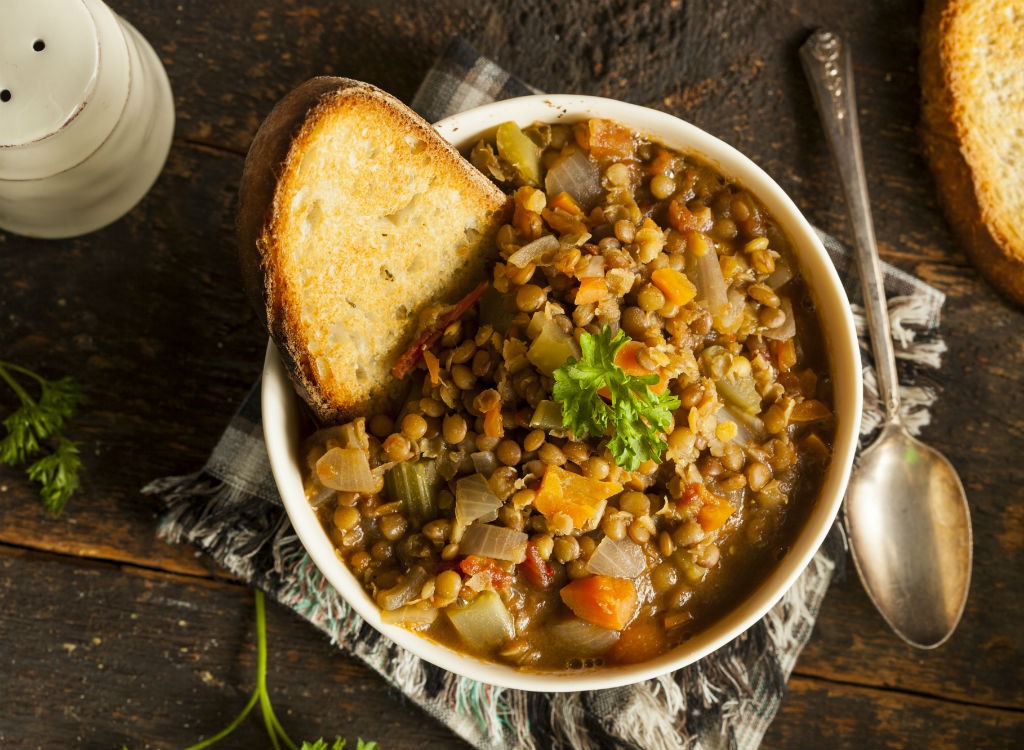
Arginine amount: 3.7 g in 1 cup
Like other fat-fighting beans and legumes, lentils are all-around awesome for your body. They’re a “slow carb” that digests gradually and triggers the release of acetate—a chemical in the belly that tells the brain when to stop eating. A review of studies on dietary pulses found that people who ate a ¾-cup serving of lentils each day felt, on average, 31 percent fuller that those who didn’t. And lentils contain another magic ingredient: genistein, a compound that acts directly on the genes for obesity, helping turn them down and reduce your body’s ability to store fat!








